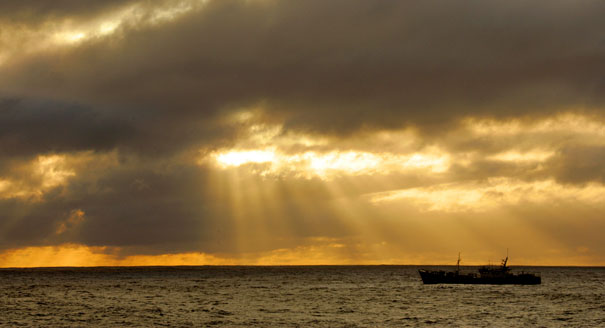Source: Brookings Institution
The analysis of geopolitical trends in the Indian Ocean has always constituted a uniquely challenging undertaking. For decades, strategic pundits have cyclically recognized the region’s growing importance, yet struggled to define both its boundaries and its precise geopolitical significance. Part of the difficulty lies, no doubt, in the very conceptualization of the region. Should the Indian Ocean be construed as a unified geopolitical space or simply as a series of overlapping, but distinct, strategic spheres? Is it an economic thoroughfare characterized first and foremost by trade and cooperation or a breeding pool for future great-power rivalry, where growing fears of resource vulnerability may come to exacerbate preexisting security dilemmas?
In such a light, India has demonstrated a remarkable consistency in its conceptualization of the Indian Ocean, viewing the region holistically—and as a potential launching pad for its rise to great-power status—rather than solely through a narrow geographic lens. Although New Delhi has long recognized the importance of the Indian Ocean, it has begun to display the underpinnings of a true maritime geostrategy only relatively recently. This chapter aims to explain the reasons behind such an evolution by examining one of its most central components—India’s evolving attitude toward plurilateralism and multilateralism in the Indian Ocean.
The chapter proceeds in four parts, which are structured both thematically and chronologically. First, it examines the early years, when postcolonial India’s approach toward its maritime environs was proprietary, exclusionary, and deeply rooted in the rhetoric of nonalignment. It argues that New Delhi’s strong animus toward foreign presence in the Indian Ocean was not only normative in its groundings, but also highly instrumental in its motivations and deeply intertwined with the young nation’s particular set of strategic cir- cumstances at the time.The second section charts India’s gradual move away from a reflexive sense of maritime embattlement and toward a more self-confident and inclusive stance in the Indian Ocean. A variety of factors explain such a shift in attitude, which occurred in an era when there was a singularly benign maritime envi-ronment. These favorable geopolitical conditions opened up a new era of opportunity—or maritime peace dividend—during which India could focus its growing naval capabilities first and foremost on projecting soft power throughout the Indo-Pacific maritime sphere. The Indian navy’s embrace of its role in soft power projection became apparent via its involvement in a seemingly exponential array of plurilateral maritime efforts. On the multilateral front, India displayed a growing proclivity to shape both its maritime environment and the law of the sea.
The following section examines the various obstacles that could undermine New Delhi’s attempts to use coordinated collective actions as a means of emerging as the prime integrative power in the Indian Ocean. These challenges range from the institutional to the political and take place under the strategic backdrop of the growing presence of powerful extra-regional actors. Building on such observations, the fourth and final section suggests that India’s era of maritime opportunity in the Indian Ocean is rapidly drawing to a close. Various evolutions in India’s tactical and strategic environment will compel New Delhi to adopt a more utilitarian attitude in the practice of its maritime diplomacy. This will express itself through a stronger emphasis on bilateralism, most notably with the United States, and through a reprioritization of the harder components of India’s growing maritime power.
This chapter features in the forthcoming volume Shaping the Emerging World Order: India and Multilateralism, by the Brookings Institution, co-edited by W. Pal Sidhu, Bruce Jones, and Pratap Bhanu Mehta.



